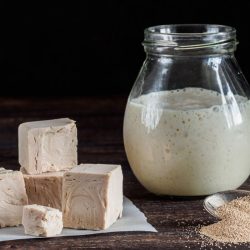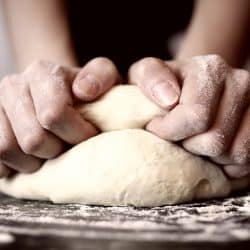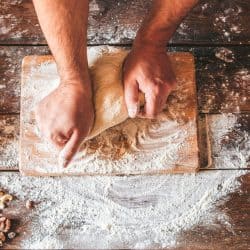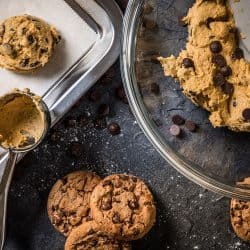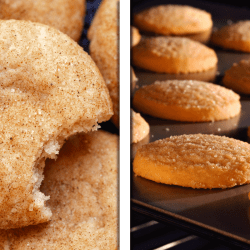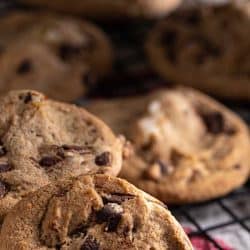Who doesn't love a good cookie now and then? If you have the occasional sweet tooth, you may indulge in this baked delight on occasion. But do cookies contain yeast? And if so, should you avoid them? We have researched the answers to these questions and, in this post, will discuss them.
Yes. Cookies, like many baked desserts that contain leavened bread, typically contain yeast. If you are sensitive to yeast or gluten, you may want to stay away from this dessert item. However, in the past decade or so, there has been an increase in gluten-free and yeast-free baked good options--so all may not be lost.
The increase in yeast and gluten-free options has grown due to acknowledging health conditions related to these. If you are searching for a yeast-free cookie, you may want to know that yeast-free doesn't necessarily mean gluten-free. Gluten is a product of yeast, and it can be removed from the use of self, so if you have a yeast-specific allergy, you may want to look closely at the ingredients on the label. Continue reading to learn more about yeast as it relates to potential health concerns.
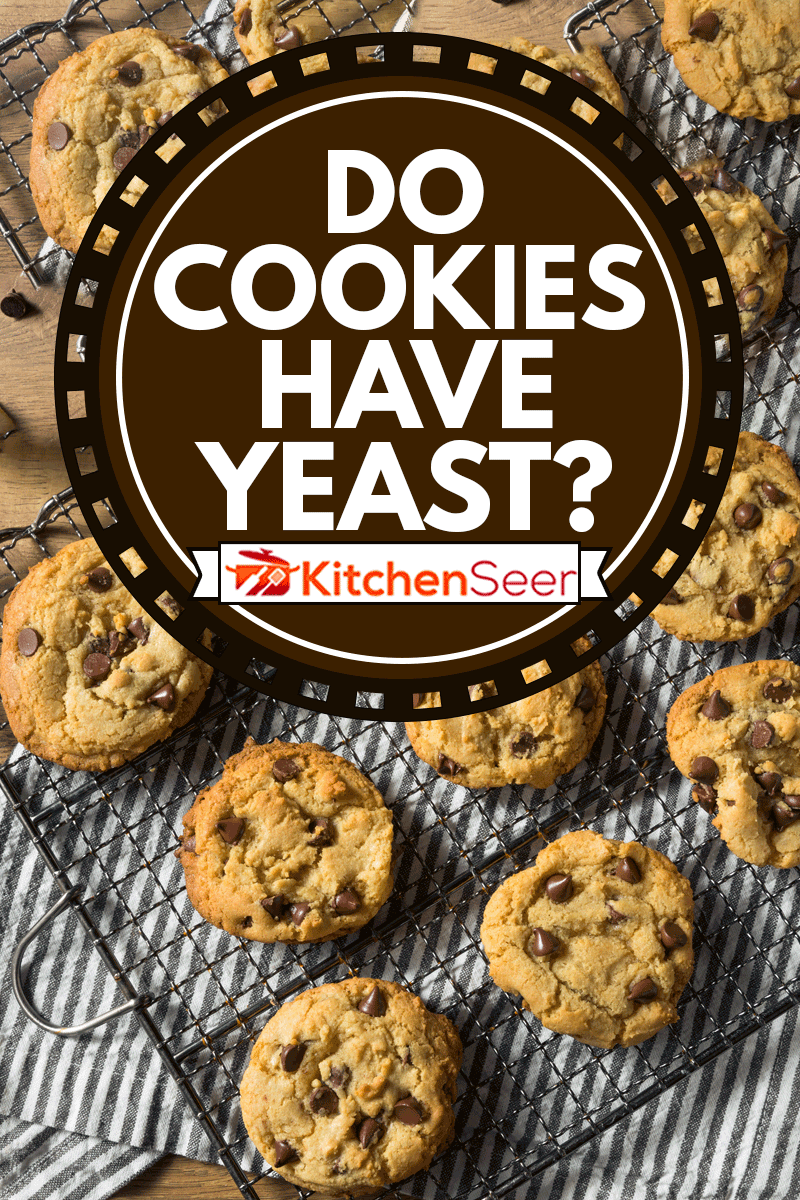
What products contain yeast?
Yeast is the most common and often the main ingredient in all leavened bread and baked goods. This means that those baked with yeast are able to rise via the fermentation process. The only exception would be quick bread, which is made by using baking powder as the riser instead of yeast.
Other breads, such as pizza, pie crust, bagels, and donuts, are made with yeast. Sometimes you may even find yeast extract in certain condiments and drinks. Let's take a closer look at some of the most popular foods that contain yeast.
Foods That Contain Yeast
- Leavened bread
- Pie crust
- Cakes
- Alcohol
- Some condiments
- Gravy
- Crackers
- Donuts
- Noodles
- Waffles and pancakes
- Croutons
- Rye, spelt, and barely
- Wheat products
- Ketchup
- Any foods that contain double-acting baking powder or bicarbonate of soda
Common Yeast Side Affects
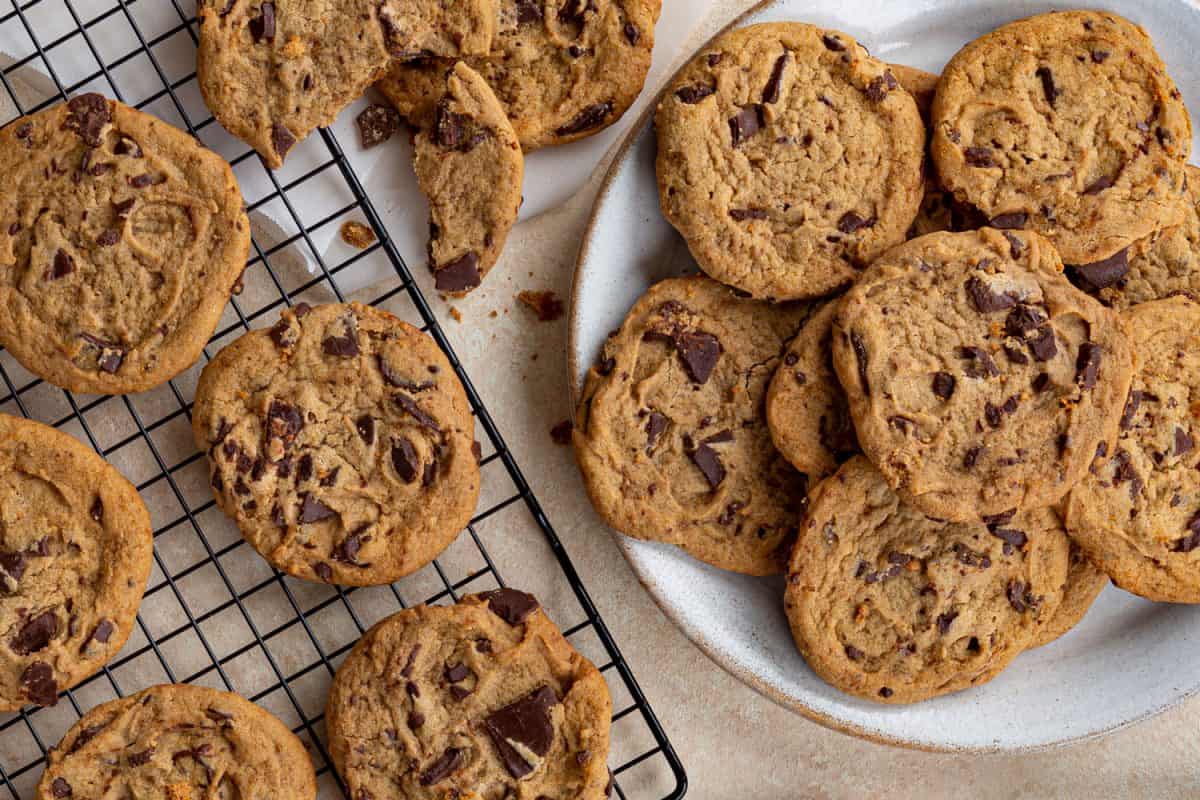
People that are sensitive to yeast typically try to avoid it due to its various side effects. Let's take a look at the most common ones.
Digestive discomfort
Digestive discomfort is one of the most common reasons side effects listed by people with yeast sensitivity. Even as little as a single tablespoon if you can trigger unhealthy side effects such as bloating, gas, cramping, or diarrhea. If you have digestive issues, consuming yeast may actually exacerbate it, especially if the yeast product contains a lot of fiber.
Migraines and Heachaces
People with yeast sensitivity may also suffer from migraines and headaches when they consume food or drink products that contain yeast. Though yeast is actually a great source of several minerals and vitamins such as zinc and B12, it does contain tyramine.
Tyramine is a compound derived from an amino acid that can cause allergy-like symptoms in people sensitive to yeast. These negative side effects can last as little as a few minutes up to several days and can be completely debilitating.
Inflammatory Bowel Disease and Candida Issues
Yeast has also been linked with the exacerbation of inflammatory bowel disease and candida issues. An overgrowth of candida has been shown to cause certain issues in people with digestive problems, such as Celiac Disease or IBD. Many people find that avoiding yeast products altogether helps prevent these issues.
Of course, it's always best to consult a doctor if you experience any negative side effects after consuming a yeast product. Your doctor can perform an allergy test to let you know if you have a sensitivity to gluten or yeast.
What foods do not contain yeast?
If you are looking to start a yeast-free diet, it helps to know what foods do not contain yeast. For the most part, you'll find that all-natural foods such as uncooked meats, vegetables, and fruits are the best go-to options. Here are a few more to consider:
- Legumes
- Vegetables
- Meats
- Low-sugar fruits
- Eggs
- Poultry
- Seaweed
- Seafood
- Oils (coconut, olive, sunflower seed)
- Herbs and spices
Do biscuits have yeast in them?
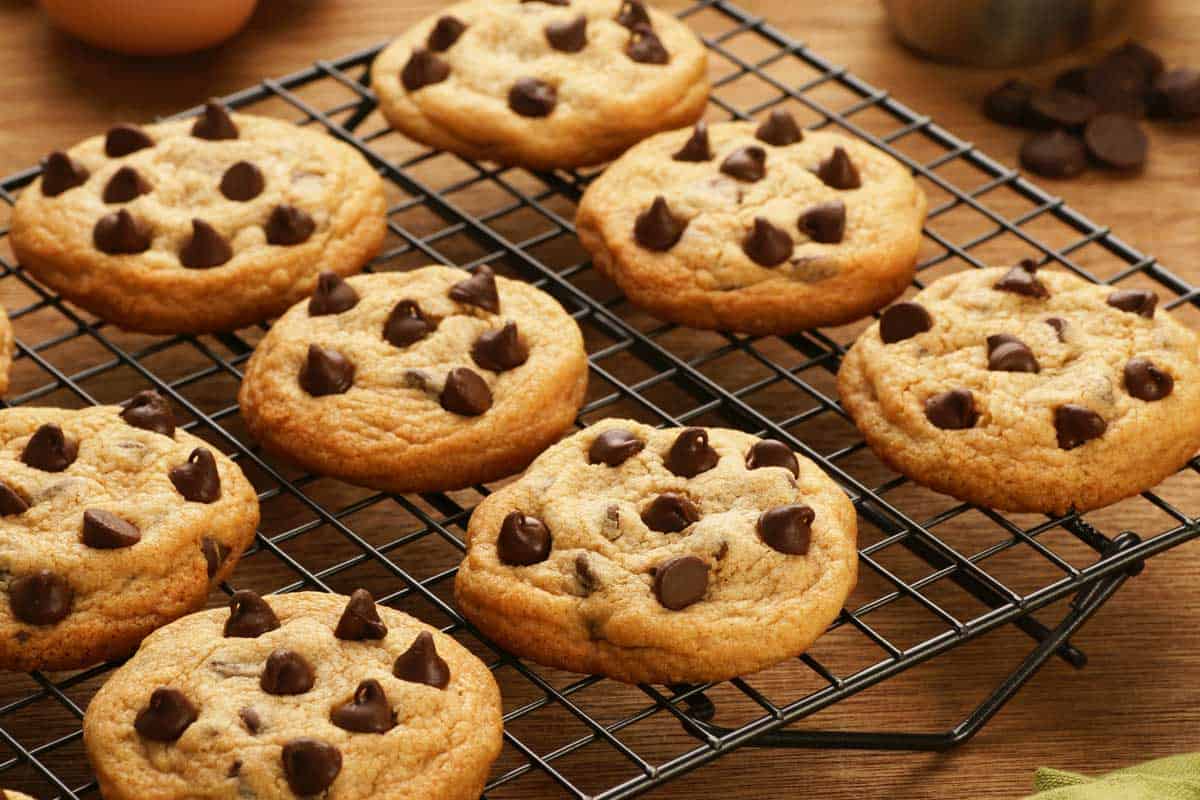
Yes. Biscuits are typically made from leavened bread, so they'll usually contain a large amount of yeast. There are, however, yeast-free biscuits that you can purchase. Keep in mind that these biscuits may not be as thick, chewy, or as fluffy as biscuits that do contain yeast.
Do Sweet potatoes have yeast?
No. Sweet potatoes are a vegetable and do not naturally contain any yeast. They do, however, contain a significant amount of sugar, and sugar has been known actually to feed yeast and harmful bacteria in the gut. As a result, they may cause a person with yeast sensitivity to experience unpleasant side effects if they consume them.
Is bread without yeast healthier?
Bread without yeast is not necessarily healthier. However, it can be a healthier option for people who have a yeast or gluten sensitivity or intolerance or are suffering from digestive-related issues such as Celiacs disease or IBD.
How do you avoid yeast in a food?
The best way to avoid yeast in food is to look at the ingredients on the label of food packages. It's best to just assume any leavened bread products will contain yeast unless they specifically state that they are yeast-free. Here are a few tips to help you avoid yeast and eat a yeast-free diet.
What not to eat
- Try to avoid foods that contain yeast and mold. This includes any leavened baked goods such as the ones mentioned previously (i.e., braked, brownies, cookies, cake, etc.)-- that is unless the product specifically states that it's yeast-free.
- Avoid moldy cheese has such as blue cheese, cheddar cheese, parmesan, and asiago.
- When eating high-carbohydrate foods such as potatoes and corn, be sure to check that the flavoring ingredients do not contain corn syrup, maltodextrin, modified wheat starch, modified rice starch, or modified tapioca starch. These are actually other names for yeast.
- Avoid malt products such as milkshakes and other drinks, candies, and cereals that contain malt.
- Stay away from edible mushrooms and other fungi.
- Avoid fermented beverages such as beer, wine, and grain alcohol.
- Use natural sugars when drinking coffee or adding it to any other drinks or food items.
What to Eat to Avoid Yeast
Cutting yeast from your diet can be a pretty tough pill to swallow initially. However, there are a ton of food options out there for you to choose from. It helps to make a list of the things that you can eat. This way, you can easily create meal plans around it. Let's take a look at a few yeast-free food items.
Fruit
Eat fruits that are naturally low in sugars, such as berries, apples, citrus fruit, limes, and lemons. You can also eat fruits that are higher in sugar, such as pineapple, bananas, kiwi, and papaya. However, if you are suffering from digestive issues, high sugar fruits may exacerbate it.
Non-starchy veggies
Try to incorporate more non-starchy vegetables into your diet. This includes cabbage, brussel sprouts, eggplant, zucchini, asparagus, kale, celery, and cucumber.
Healthy proteins
Consider adding more high-quality proteins to your diet to supplement the calories you may be losing from carbohydrates. For example, try eating or fatty fish, chicken, eggs, and low-fat red meat.
Gluten-free grains
Opt for gluten-free grains instead of yeast-based grains. The most common and versatile ones include quinoa, oat brand, pilaf.
Learn more about these quinoa meals on Amazon.
Nuts
If you love to snack on occasion, try adding more nuts to your meal plan. Be sure to go for nuts that are low in mold, which include sunflower seeds, almonds, walnuts, and flaxseed.
Check out these organic almonds on Amazon.is ye
Healthy fats
It's also a good idea to incorporate healthy fats into your diet for additional caloric intake. Good fats include avocados, such as coconut and olive oil, chia seeds, flax seeds, and sesame oil.
Dairy products
Also, consider eating more dairy products such as plain yogurt, butter, kefir, and ghee. These foods will increase your caloric as well as provide you with potassium and calcium.
Wrapping Things Up
![Huge cookie jars lined up at a bar table of a coffee shop, How To Make A Cookie Jar Airtight [The Key To Keeping Cookies Fresh!]](https://kitchenseer.com/wp-content/uploads/2021/03/Huge-cookie-jars-line-up-at-a-bar-table-of-a-coffee-shop-1200x800.jpg)
We hope that this post has been helpful in illustrating the most common foods that contain yeast, including cookies. Having yeast intolerance can be a very troublesome issue to deal with. Not only will it require a lifestyle change, but it can be a tough journey ahead if you're used to consuming a lot of baked goods and bread.
However, there is hope. There are more yeast and gluten-free options coming on the market every day. There are also a number of different health blogs, websites, and physicians that promote yeast and gluten-free living to help you find the best and easiest ways to live a yeast-free life.
Check out some of our other posts before you go:
How To Reduce Sugar In Chocolate Chip Cookies
15 Types Of Chocolate Chip Cookies
How To Reduce Sugar In Chocolate Chip Cookies



